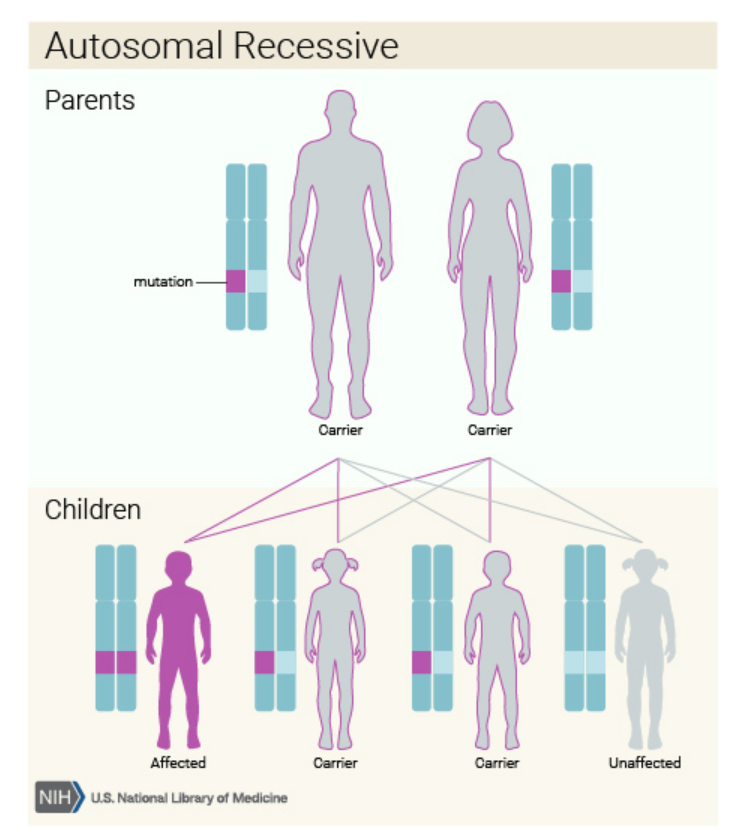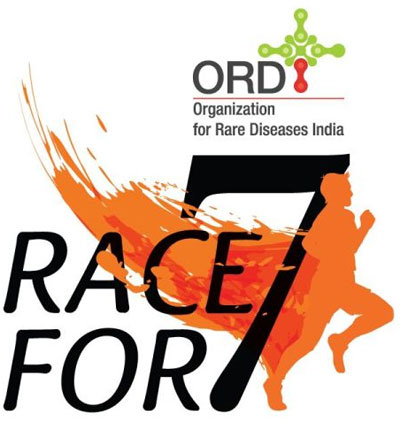Introduction : It is a disease that affects mainly the nervous system and immune system. It is Classic A-T is characterised by cerebellar ataxia , ocular telangiectasia, immunodeficiency(mainly low IgA), frequent infections and high risk for malignancy(specifically leukemia and lymphoma). They have elevated levels of alpha fetoprotein(AFP) in blood and diffuse cerebellar atrophy on MRI(brain).
Children with the disease typically present with imbalance while walking(gait ataxia), recurrent respiratory infections and a history of developmental delay. Involuntary movements and intellectual disability may be seen in these patients.

A picture showing ocular telangiectasia in A-T.
Caused by: Biallelic mutations in ATM gene (located in Chromosome 11).
Inheritance : Autosomal recessive (i.e in layman terms : 2 abnormal copies of a gene causes disease. One of each copy is usually inherited from either parents).
Recurrence risk : If parents are carriers(i.e the mother has 1 abnormal copy of a gene and so does the father) there is a 25% chance of recurrence in consecutive pregnancies. A 50% chance of children being carriers and a 25% chance of being unaffected.
Frequency: 1 in 40,000 to 100,000 people worldwide.
Management:
- Multidisciplinary approach is advised. Physiotherapy, medications(antibiotics, etc. whenever needed for specific symptoms), immunoglobulin replacement therapy(for immunodeficiency, low IG levels, frequent severe infections).
- Avoid exposure to ionizing radiations in view of increased susceptibility to cancer.
- Maintain adequate nutrition.
- Vaccination(influenza, pneumococcal, varicella vaccine) for respiratory infections is suggested at times.
- Avoiding exposure to sunlight may help control telangiectasias.
- Vitamin E supplementation has been observed to alleviate symptoms temporarily.
Surveillance:
- Regular screening for immune status, pulmonary function and malignancy is suggested.
- Keep an eye for early signs of malignancy like weight loss, easy bruising/ bleeding, localized pain or swelling.
- Immunodeficiency is likely to present as recurrent infections (respiratory infections are common).

Information curated by: Dr Sweta Das. Date: 30/5/2020
For further references:
https://www.ncbi.nlm.nih.gov/books/NBK26468/
https://www.omim.org/entry/208900
https://ghr.nlm.nih.gov/condition/ataxia-telangiectasia#statistics
https://rarediseases.org/rare-diseases/ataxia-telangiectasia/



